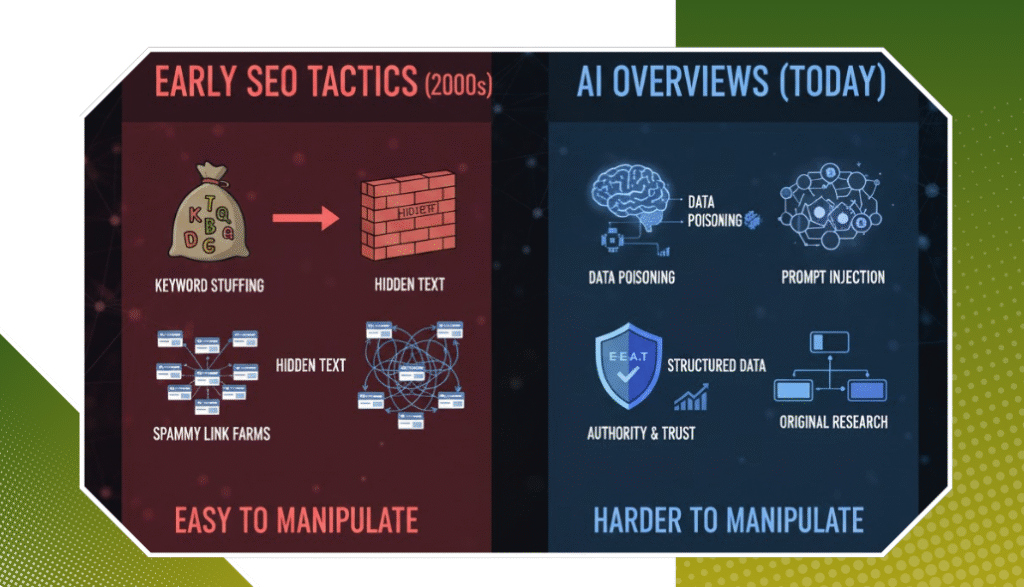It is fascinating to know that 73% of users judge a company’s credibility based on website design. It is essential to have a strong online presence to attract potential customers. Let us now explore website development vs software development and break down concepts which helps in better understanding.
What is Website Development?
Website development is the intricate process of building, creating, maintaining websites and web applications that are accessible through the Internet. Design, coding, and content management are the core components that ensure a seamless experience while interacting with the website.
Key Components of Web Development
- Front-End Development: It focuses on everything users visually interact with on the web browsers. It uses code languages like HTML, CSS, and Javascript to create the website’s layout, design, and interactive elements. 92.75% of the first impression is related to this, thus emphasising the need for aesthetically pleasing and functional interfaces.
- Backend Development: This is about the server side of web development. Python, Node.js, and PHP are the languages used to efficiently develop server, application, and database communication. 51% of the users abandon websites with a loading speed of more than three seconds.
- Full-Stack Development: Both the backend and front development skills are possessed, which allows one to oversee a web project from inception to deployment. They are proficient in multiple programming languages along with frameworks, which enables them to handle various aspects of website development.
The Evolution of Web Development
Website development has evolved significantly over time, from static HTML pages in the early days to the interactive applications we see today. The drastic shift towards mobile internet usage has prompted the change towards responsive designs of websites that are accessible and functional across the different devices. Coding being the backbone of web development, successful projects also take UX(User Experience) and SEO(Search Engine Optimisation). Both ensure that websites are user-friendly and improve visibility while driving traffic.
Why Do Businesses Need Web Development?
In today’s landscape, a well-developed website is the fundamental component of any successful business. A professional website helps build trust and assurance in the client’s mind. Around 19% of sales can be derived from online platforms, and this number continues to grow drastically. Poor UX(User Experience) can lead to higher bounce rates.
79% of the consumers say they are unlikely to return to the site with a bad experience. Web development allows businesses to integrate analytics tools that track user behaviour, sales patterns, and traffic sources. This helps in making data-driven decisions that lead to effective marketing strategies.
68.45% of companies are now investing in analytics, which drives growth. Businesses with strong online presence can establish a differentiator from their competitors. More sales can be driven by highlighting the USP(Unique Selling Proposition). 72% of businesses in the US lack a website, meaning sales are moving towards a well-developed site.
Software Development
It is a systematic process of designing, creating, deploying and maintaining software applications and systems. As technology is evolving, the significance of skilled software development also intensifies. They help businesses by providing the tools to thrive in the competitive landscape.
Key Components of Software Development
Software development is a multifaceted process that encloses multiple key components. Each of them has a crucial role in the seamless functioning, ultimately delivering valuable solutions to the end user. The key elements are:
Requirements Gathering
A successful software development project understands the users’ needs. 44% of businesses fail due to unclear requirements, thus emphasising the critical nature of the initial stages. This phase involves engaging with stakeholders to gather requirements, identify pain points, and outline desired functionalities.
Design
Once the requirements are precise, the next step is designing the software architecture. The systems’ structure, user interface, and data flow are defined at this stage. Designers create wireframes, prototypes and user interfaces, ensuring usability and engagement. 56% of user satisfaction can be increased by focusing on user experience.
Coding
In this phase, it is transformed into functional software. Various programming languages such as Python, C++, and Javascript are used as per the project’s needs. 85% of the software errors are detected during this phase, so meticulous testing is necessary. The developer must choose the right tools to create efficient and effective solutions.
Testing
In the software development life cycle, testing is essential to meet all requirements and functions correctly. There are multiple tests, including uni testing, integration testing, system testing, and user experience testing; these all help increase the overall quality. Fixing issues at this step is 6 times cheaper than fixing them at the deployment stage.
Deployment and Maintenance
This phase involves releasing the software to users. It can be done all at once or in different stages. Often, 44% of software projects get cancelled due to poor employment planning. Continuous maintenance is also required to address bugs regularly and adapt to users’ changing needs.
Importance of Software Development for Businesses
Custom software solutions help to streamline operations, automate repetitive tasks and then enhance productivity. 45% of the productivity can be increased by automating processes through specialised software. This also helps the business by providing a competitive edge. 65% of customer satisfaction can also be improved with the help of custom software.
With the growth of business, well-organised software is required. 78% of the businesses believe that scalable software is crucial to achieve business goals. Quick changes can be made depending on the user’s needs. Software development has a significant role to play in managing and securing data.
Artificial intelligence and machine learning are transforming software development and use. Low-code, no-code platforms have also been developed to empower businesses to build applications without extensive programming knowledge. Software development serves as a backbone for various businesses.
Conclusion
In the evolving digital landscape, businesses must understand the key differences and roles of website development vs software development. Both aim to create valuable, user-centric solutions that serve distinct purposes. The unique processes involved in both are vital to meet various emerging needs.
Rankingeek Marketing Agency is your innovative partner in website and software development. By understanding the unique needs and objectives of the business, we lay a foundation for the whole process. We also enhance the whole business by integrating digital strategy, which drives growth and enhances user experience. Contact Us Today!




